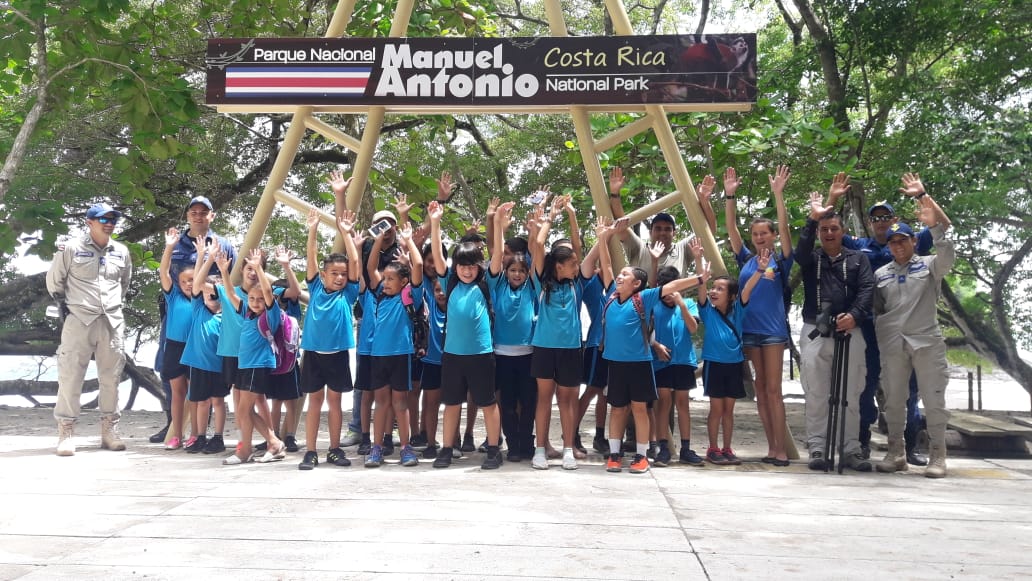Together with the National University of Costa Rica, Titi Conservation Alliance is currently working on assessing the titi monkey habitat in the Naranjo River Biological Corridor and developing troop projection studies in order to count approximate population by areas. Resulting conclusions will be used to further evaluate the actual conservation and restoration habitat strategies. If necessary, modifications will be applied in order to ensure long-term positive conservation results.
In alliance with Costa Rican National University, during 2012, the corridor was involved on a multidisciplinary primate study, which analyzed genetic variability, diseases, parasites and hematology. Few samples from grey-crowned squirrel monkey troops were taken. Preliminary results, shared during 2012, indicate the health of the species within the corridor: their body condition was classified 3/·3 (Normal to Healthy) and the vital parameters were also defined as normal.






